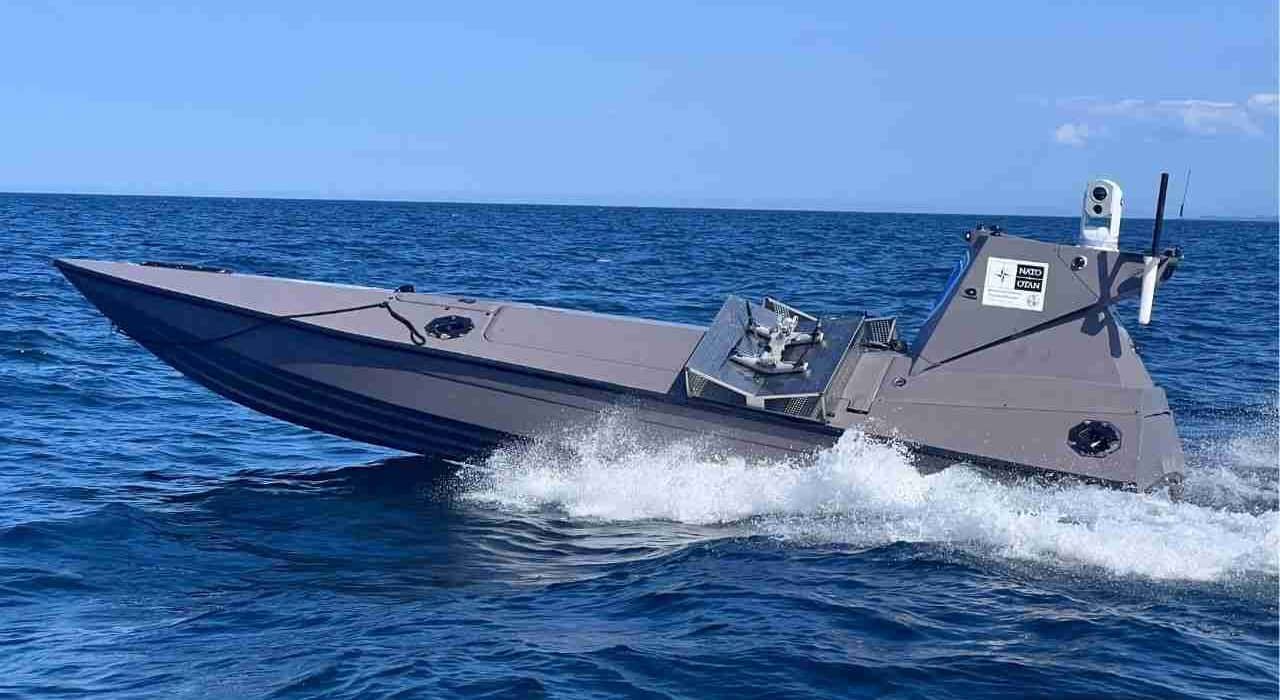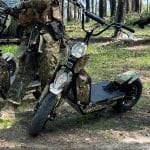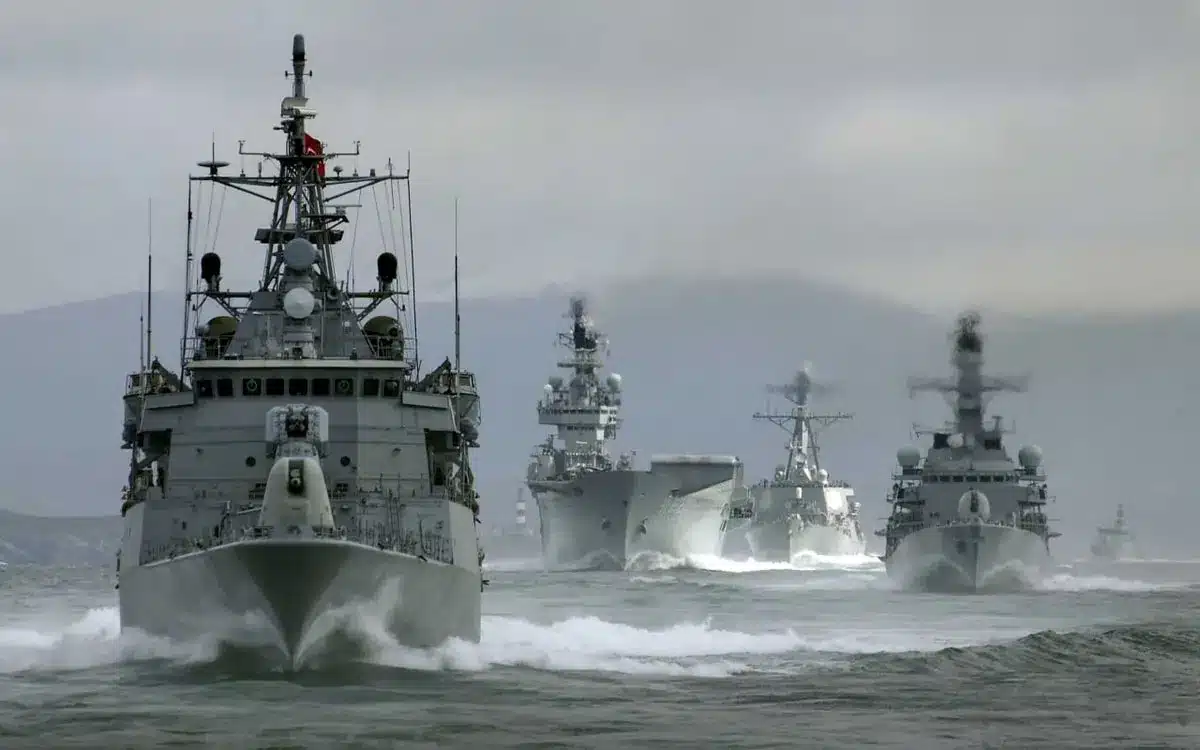As modern militaries seek to increase tempo, mass, and survivability, a new class of platforms is emerging: drone motherships. These are air, land, or sea-based systems designed to launch, recover, and command swarms of unmanned vehicles, multiplying effects across domains. Where once a single Reaper was sufficient, now dozens of smaller, cheaper drones—networked via AI—promise saturation at scale.
This evolution marks a doctrinal shift: from single-point superiority to distributed, autonomous lethality.
What is a drone mothership?
A drone mothership is a carrier platform—manned or unmanned—optimized to deploy and control multiple drones or loitering munitions. They can serve in ISR (Intelligence, Surveillance, Reconnaissance), electronic warfare, precision strike, or logistics roles.
Three primary domains exist:
- Naval (amphibious drone carriers like Turkey’s TCG Anadolu or China’s Type 076)
- Aerial (high-altitude drone launchers like China’s Jiu Tian or the US Gremlins program)
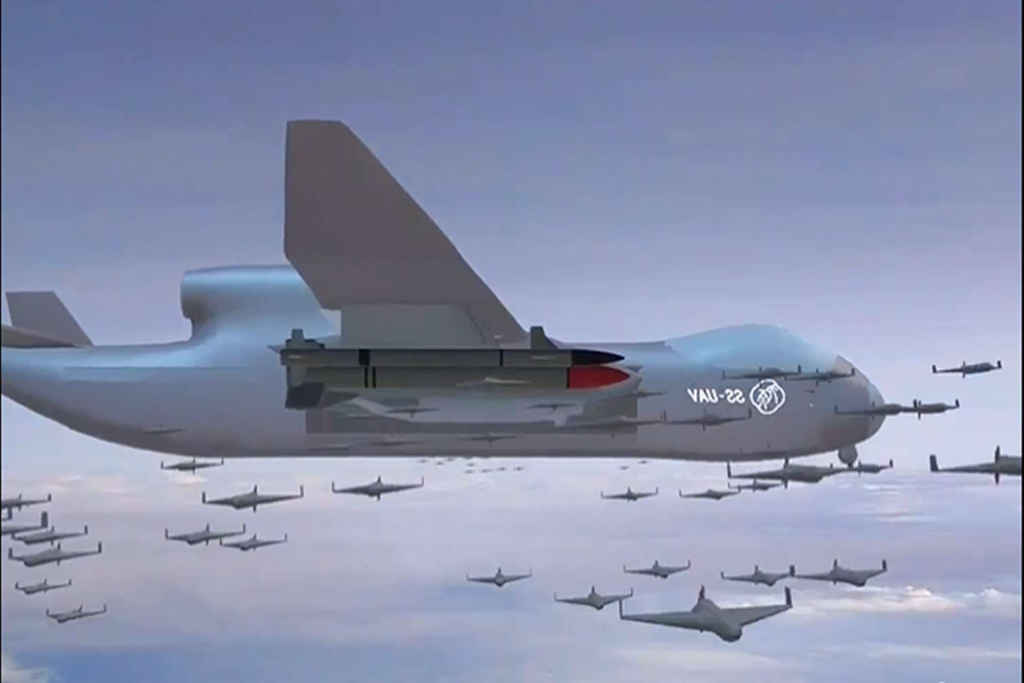
- Ground-based (truck-mounted swarm launchers in Ukraine or loitering munition vehicles in Iran)
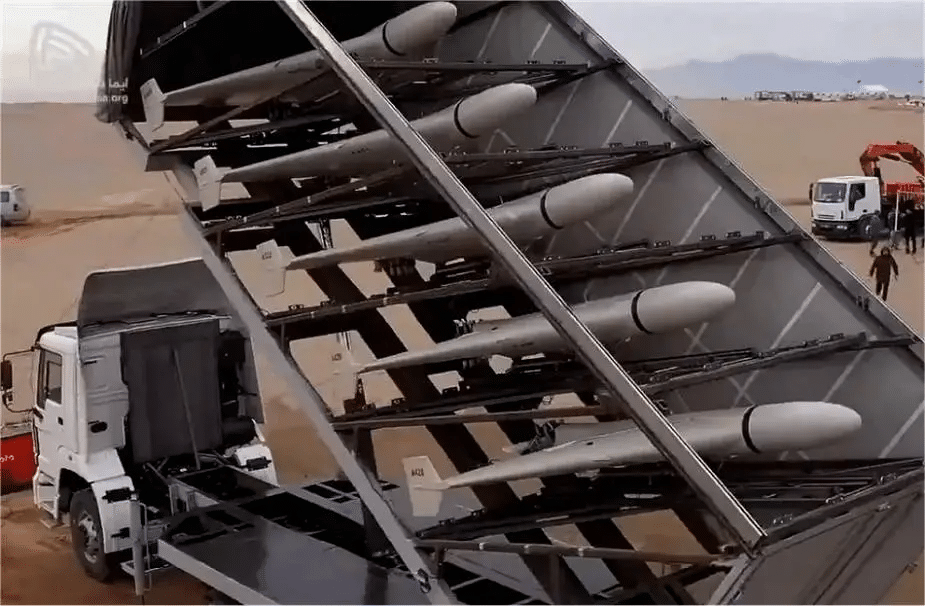
These platforms serve as force multipliers, emphasizing modularity, autonomous coordination, and the strategic use of low-cost assets in modern warfare.
Key tactical advantages
Mass at low cost : drone motherships enable scalable combat power without risking pilots or billion-dollar platforms. A mothership can release dozens of expendable systems, enabling saturation attacks or layered ISR source.
Decentralized strike : by hosting loitering munitions or kamikaze drones, motherships enable real-time strike capabilities, shortening the sensor-to-shooter loop and operating inside contested environments.
Autonomous coordination : most modern programs integrate AI swarm coordination, allowing drones to assign roles (decoy, jammer, strike, relay) dynamically.
Operational challenges
Despite its promise, the drone mothership concept faces multiple hurdles:
- C2 (Command and Control) Overload: Controlling many drones at once demands strong communication links and clear coordination to avoid conflicts.
- EW vulnerabilities: Jamming, spoofing, and cyberattacks can degrade swarm cohesion.
- Logistics and recovery: Mid-air recovery (as tested in DARPA’s Gremlins) remains a complex task, and rearming motherships under fire is logistically burdensome.
These challenges necessitate doctrine innovation, not just technical advancement source.
Global race: who’s involved in the mothership drone market?
- China is fielding both aerial (Jiu Tian) and naval (Type 076) motherships to project power in the Indo-Pacific.
- Turkey integrates UCAVs like TB3 aboard the Anadolu, building a drone-centric maritime doctrine.
- Iran operates truck-based loitering munition motherships, used in asymmetric engagements.
- Ukraine pioneers low-cost FPV motherships, bringing swarm warfare to the tactical edge.
- The United States has tested mid-air drone retrieval via the X-61 Gremlins program, which showed partial success but has also encountered technical challenges and may not continue at full scale.
Each nation adapts the mothership concept to its threat environment and industrial base.
Tactical ecosystems, not platforms
Drone motherships are not just new vehicles, they represent a shift toward distributed, resilient, and adaptive combat ecosystems. Their development demands a fusion of AI, network warfare, and logistics at scale.
Whether launching from the sea, the sky, or the road, drone motherships will be pivotal in shaping the next decade of warfare.

